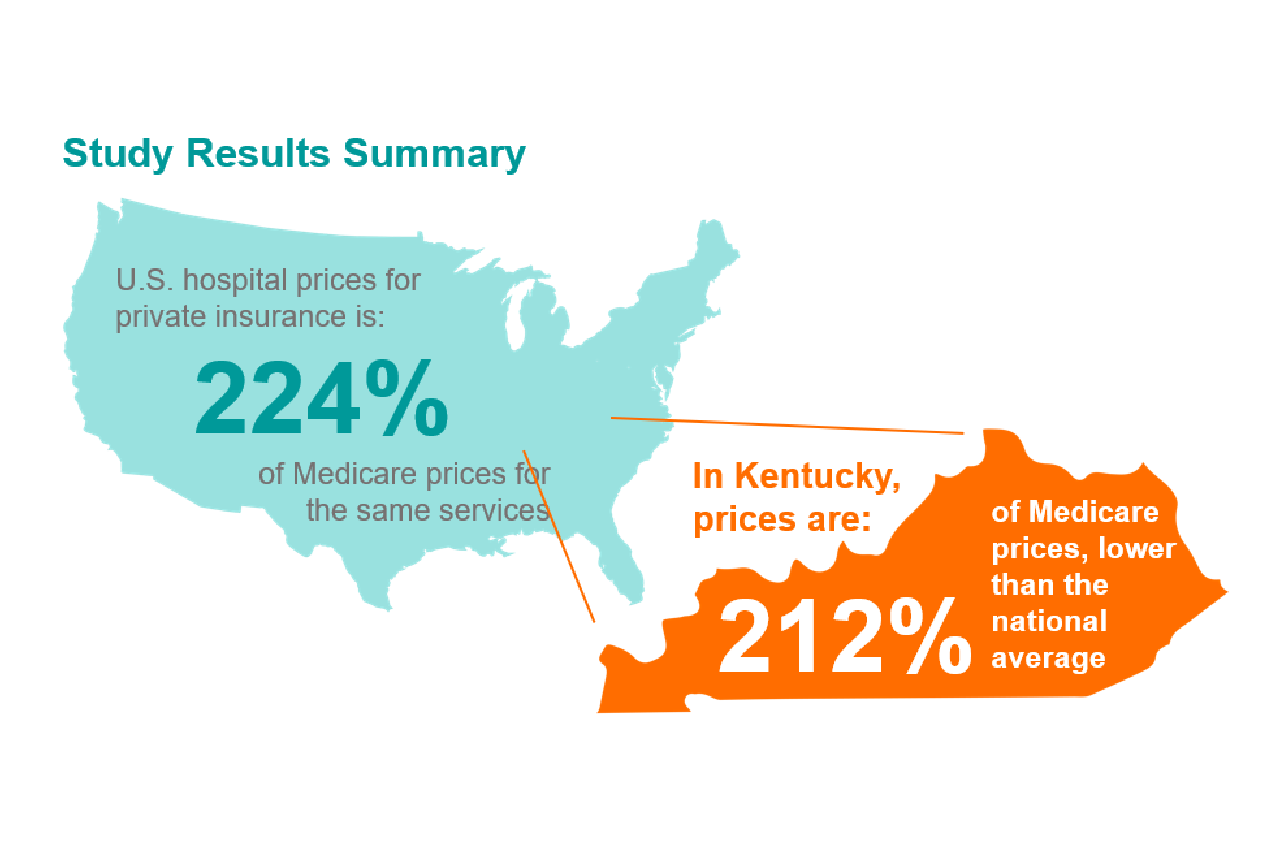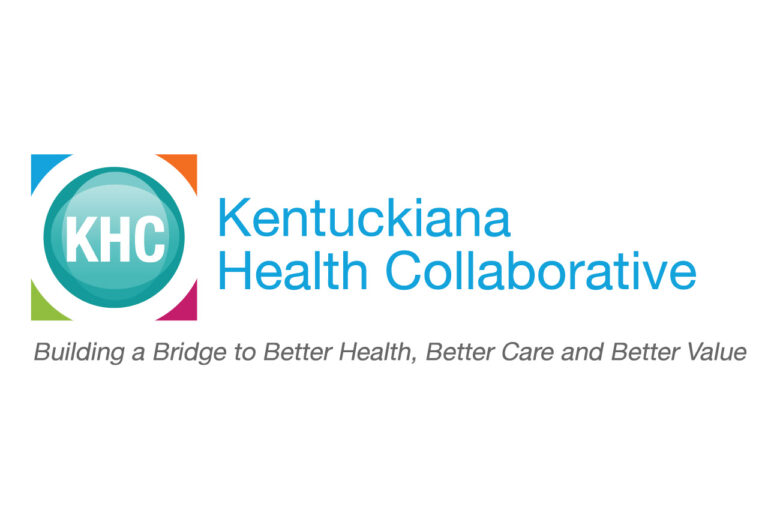November 14 was World Diabetes Day, so November’s “Measure of the Month” selection is our series of diabetes management measures. One out of ten Kentuckiana residents has Type 2 Diabetes, so it’s an important series of measures in our reporting.
At the KHC, we measure in many different ways the care that patients with diabetes receive, including receiving recommended screening for A1c (average level of blood sugar over the past two to three months), nephropathy, and retinopathy. Diabetes is the number one cause of blindness in Kentucky, and just 49 percent of individuals with diabetes in Kentuckiana receive the recommended retinal eye exam for detecting and monitoring retinopathy.
Looking at the “benchmark” providers in the area (the top performing docs who make up the care for 10 percent of the population for each measure), A1c screening and nephropathy screening rates are 100 percent, compared to region’s total rate of 93 percent and 90 percent for A1c and nephropathy screenings, respectively. Eye exam rates for the benchmark providers are 74 percent.

In Kentuckiana, less than half (44 percent) of patients with diabetes receive all of the above recommended screenings. This is up from 37 percent in 2010, but there is still a long way to go to make sure that all Kentuckiana residents with diabetes get the care that they need. The proportion of patients who receive all recommended screenings varies greatly between the seven counties in Indiana and Kentucky that make up the Kentuckiana region. Rates range from 40% in Oldham County, Kentucky, to 64% in Floyd County, Indiana.
In Kentucky, the focus of the 2017 World Diabetes Day was to engage people with undiagnosed diabetes in schools, congregations, and workplaces by raising awareness, testing, and shepherding them into a local diabetes prevention program. The National Diabetes Prevention Program (DPP) is an evidence-based lifestyle change program which has been demonstrated to delay or prevent the development of type 2 diabetes among people at high risk. To support this effort, the KHC added information and a link to a user-friendly pre-diabetes screening tool to our public reporting website, www.GoHealthShare.com. Knowing your risk is the first step to proactively treating or preventing diabetes. By answering a handful of simple questions, users can easily determine their risk of developing pre-diabetes.
The Louisville Department of Public Health and Wellness has lead the world diabetes efforts and has distributed a tool kit with a paper screening. The Kentuckiana Regional Planning & Development Agency (KIPDA) Diabetes taskforce aims to support this initiative by hosting an ambitious screening campaign, over the course of the next two months, with the goal of screening 10,000 local residents for diabetes risk. The Louisville Health Advisory Board, a coalition of organizations within the community that works for better health outcomes, plans to do that through various marketing strategies that will raise awareness and result in use of the prediabetes screening tool.






